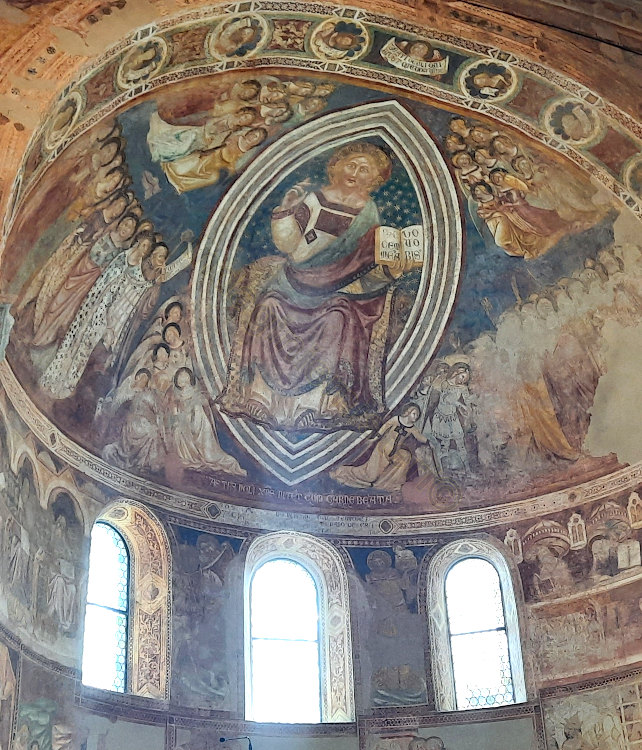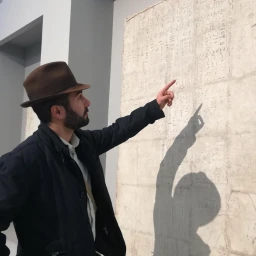The myth tells of a Greek maiden named Phyllis, daughter of the king of Thrace, and her tragic love for Demophon. The hero, who had stopped there on his way back from the Trojan War, promised to marry her as soon as he finished his duties in Athens. But many years had passed, Demophon had still not reappeared, and Phyllis, pierced by grief, killed herself1. So the pitying goddess Athena transformed her into a leafless almond tree. When Demophon returned to Thrace, he saw that dry tree and, in despair, embraced it. Suddenly the almond tree blossomed and became sprinkled with leaves.
Myth, as often happens, includes elements of the reality, attempts to give an answer to what is unknown, unusual. The almond tree buds bloom in late February, first among all others. It is an extraordinary and unexpected spectacle during one of the coldest months of winter. With the myth of Phyllis the ancients explained the extraordinary flowering of that tree, which regenerated itself as if by magic. The almond blossoms anticipated spring, acting as a vanguard to the awakening of nature. Here the almond, the fruit of such a miracle, took on the symbolic meaning of rebirth.

The almond in Christianity: the vesica piscis
In Christianity, the one who rises from the condition of death is Christ. It was therefore natural to associate the image of the Savior with the almond from the earliest centuries. In traditional iconography, the Risen Christ is inscribed in a mystical almond, and its representation traces the shape of the vesica piscis, or swim bladder that allows fish to stay afloat2.

The reference to the fish figure is not accidental. In fact, the shape of the almond closely resembled the Ichthys coined by early believers in Christ. It was a trick to hide their faith in times of persecution. Ichthys, in Greek ΙΧΘΥΣ, meant fish but more importantly it was the acrostic of the words Iēsous Christos, Theou Yios, Sōtēr, meaning Jesus Christ Son of God the Savior.

The sacred geometry of vesica piscis
The almond was drawn through the intersection of two circles, a metaphor for the meeting of what is physical and what is spiritual.

“But who do you say that I am?” Simon Peter said in reply, “You are the Messiah, the Son of the living God.”
Gospel of Matthew 16,15
The mediator between these two dimensions is Christ; as the son of God, he has divine and human natures, joining the terrestrial and heavenly worlds. As the shell of an almond encloses the precious seed, so the body of Christ houses Life.
Samuele Corrente Naso


